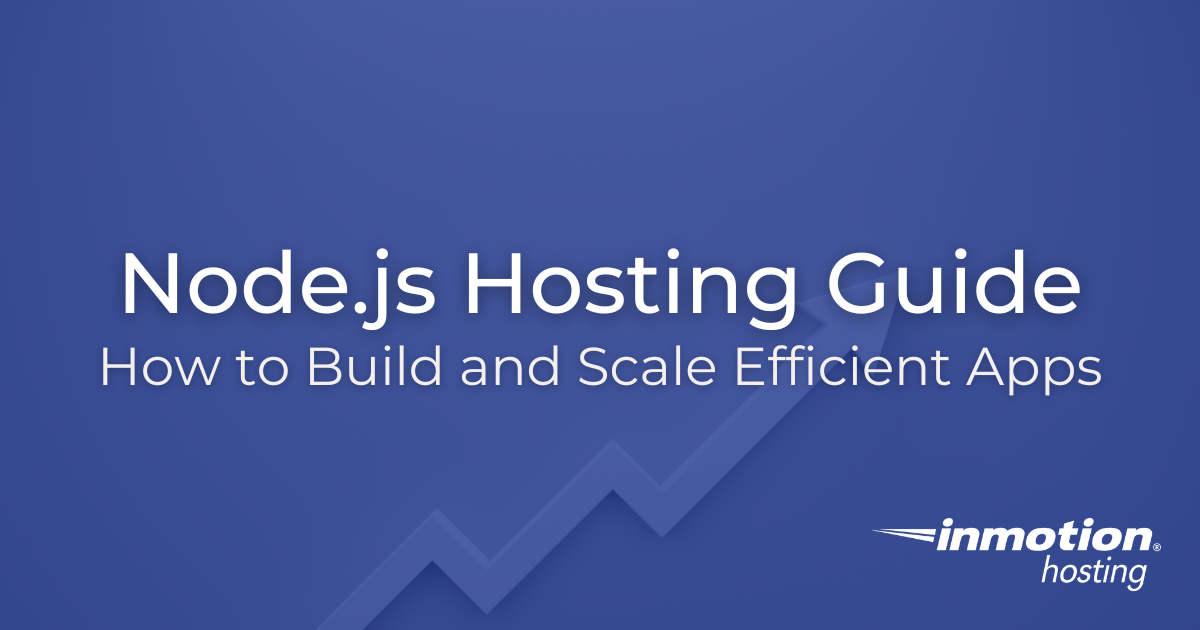
Node.js Hosting Guide 2026 | InMotion Hosting Blog
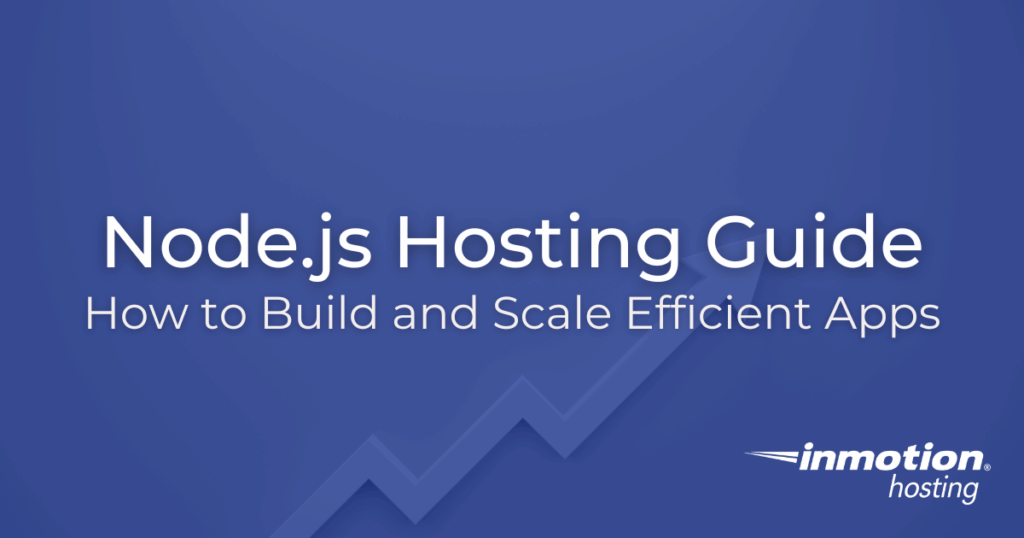
Building fast, scalable apps starts with the right Node.js hosting. This guide breaks down what makes Node.js different, how to choose the right hosting type for your business, and the steps to set up and optimize performance. You’ll learn to avoid common deployment mistakes, secure your data, and future-proof your infrastructure so your app stays fast, stable, and affordable as traffic grows.
If you build modern web applications, you’ve likely heard of Node.js. It’s a fast, efficient way to run JavaScript on a server. Traditionally, JavaScript only ran in web browsers, but Node.js allows you to use it for server-side operations like processing requests, managing databases, and building APIs.
What makes Node.js special? It handles website traffic differently than older technologies. Traditional servers create a new “worker” for each person visiting your site. Each worker uses about 2MB of memory. Node.js, on the other hand, can serve thousands of visitors at once using far less memory and computing power.
This efficiency means your hosting choice matters more than ever. Not all servers are built to take advantage of how Node.js works. Whether you’re testing your first app or running a business that depends on your website, choosing the right Node.js hosting determines how well your site performs and how much it costs to run.
In this guide, you’ll learn what Node.js hosting actually means, how to set it up, and what other businesses have learned from experience.
What is Node.js?
Node.js is a JavaScript runtime that lets you build server-side applications using the same language you use in web browsers. It’s become one of the most popular web technologies. According to the Stack Overflow Developer Survey, Node.js was the most commonly used web technology at over 40%.
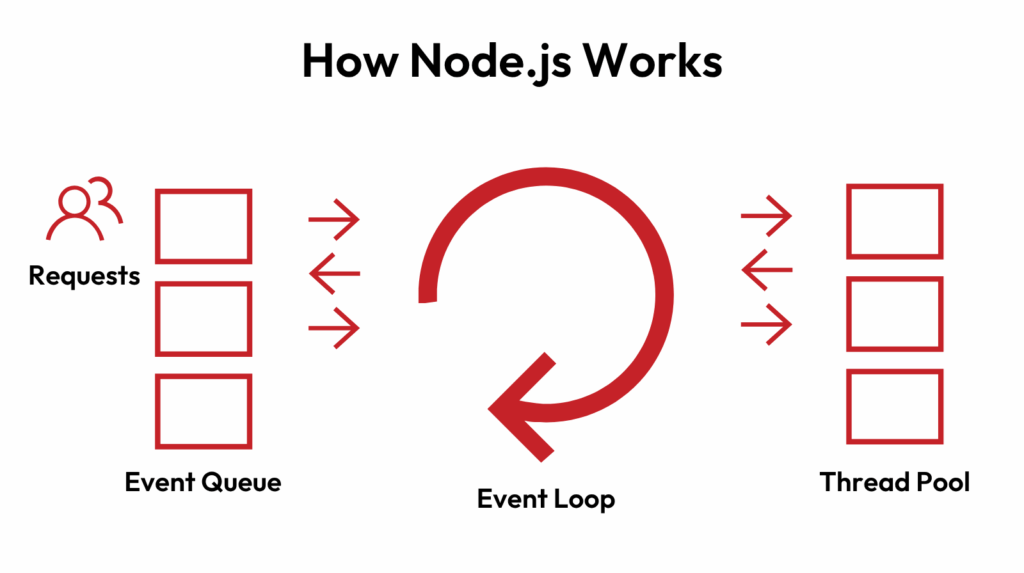
Here’s the key difference: older technologies like PHP create a new “thread” (think of it as a worker) for each visitor. Each worker uses about 2MB of memory. On a small server with 1GB of total memory, you might handle 500 visitors at once before running out of resources.
Node.js works differently. Instead of creating a worker for each visitor, it manages all visitors through one efficient system. This means the same small server can handle tens of thousands of visitors at once. Your site stays fast even when traffic spikes, you can serve more customers without buying bigger servers, and your hosting costs stay predictable as you grow. You’ll also experience fewer crashes and more consistent uptime.
Node.js also avoids common server problems like “file locking”, when two processes try to access the same file at once and crash. This means smoother performance and fewer unexpected problems that require emergency fixes at inconvenient times.
Why Node.js Hosting Requires the Right Environment
Unlike simpler technologies, Node.js isn’t just a file you upload to a server. It’s a program that runs continuously in the background, waiting for visitors to arrive. Think of it like this: Traditional web hosting is like a vending machine. Someone puts in money (makes a request), the machine does its thing, and then stops until the next person comes along. Node.js stays open all day, ready to serve customers as they arrive.
Because Node.js stays running in the background, your server needs to support background processes that keep running between visits, custom ports (doorways that your app uses to communicate), package installation (adding extra features to your app), and SSH or root access (full control over your server settings).
Basic shared hosting usually doesn’t allow these features. That’s why Node.js works best on VPS (Virtual Private Server) or Dedicated Servers, where you have more control.
If you want to test Node.js before committing to a bigger server, you can run it through cPanel’s Application Manager on some shared hosting plans. This is a good middle ground for small projects or testing ideas before investing in production infrastructure.
Choosing the Right Hosting Architecture for Your Business Stage
When choosing where to run your Node.js app, think about what stage your business is in.

Shared Hosting: Testing and Development
Shared Hosting works best for testing ideas, learning, or running small internal tools. Node.js runs in a protected space on a server you share with other customers, and you can control it through cPanel’s point-and-click interface. Your app might not stay running 24/7, and you have less control over settings, but it’s perfect for development work, trying out Node.js for the first time, or running tools only your team uses.
VPS Hosting: Production-Ready Performance
VPS Hosting is ideal for production websites and apps that customers depend on. You get your own virtual server with full control. You can install whatever you need and adjust settings as your business grows. This level gives you consistent performance and the ability to scale up when needed. It’s the right choice for business websites, customer-facing apps, and anything that needs to be reliable 24/7.
Dedicated Servers: Enterprise-Scale Infrastructure
Dedicated Servers suit large-scale operations with heavy traffic. You get an entire physical server just for your business with no sharing of resources. This means maximum performance and complete control, with the ability to handle massive traffic. Consider dedicated servers for SaaS platforms, large e-commerce sites, and enterprise applications serving thousands of simultaneous users.
Many businesses start with shared hosting to test their idea, move to VPS once they have paying customers, and eventually upgrade to dedicated servers as they grow. You don’t need to choose the biggest option right away.
Common Challenges and How to Solve Them
Learning from common deployment issues helps you avoid costly mistakes. Here are the problems businesses face most often with Node.js hosting, along with practical solutions.
Apps Won’t Start After Deployment
Many teams successfully build Node.js applications locally, but when they deploy to a hosting environment, the app fails to start or throws cryptic error messages. This usually happens because environment variables (settings that tell the app how to run) aren’t configured for the production environment, or the app is trying to use a port that isn’t available or assigned correctly.
The solution: Before deploying, verify that all environment variables are properly set for your hosting environment. Understand which port your application should use—cPanel assigns specific ports automatically on shared hosting, while VPS plans give you full control to configure ports yourself. Document these settings for your team so developers and operations staff know exactly what the production configuration requires. This coordination between your development team and hosting provider prevents launch delays.
Not Knowing Where to Start with Deployment
Teams with Node.js applications often struggle to understand how to actually get their app running on a hosting platform, especially if they’re more familiar with simpler technologies like WordPress or static HTML sites. The deployment process can feel overwhelming when you’re making the transition.
The solution: If you’re using cPanel, take advantage of the Setup Node.js App tool in the Software section. It provides a simple, point-and-click interface where you can create and manage apps without typing commands or working in a terminal. This accessibility means marketing and operations teams can help manage deployments, not just developers. When more people on your team can participate in the process, you reduce bottlenecks and single points of failure. For VPS environments, work with your hosting provider’s documentation or support team to understand the specific deployment workflow they recommend.
Error Pages Instead of Your Website
One of the most frustrating issues happens when you think you’ve deployed successfully, but visitors see “Cannot GET /” or other error pages instead of your actual website. This typically stems from misconfigured startup files (the application doesn’t know which file to run first) or routing problems (the URLs aren’t mapped correctly to your application’s pages).
The solution: Always define your startup file explicitly in your deployment configuration, usually this is app.js or server.js, but it needs to be specified correctly. Test every important user path and URL before announcing your launch. This includes your homepage, product pages, checkout process, and any other critical customer journey. A broken site creates a terrible first impression that’s hard to recover from. For eCommerce sites, even a few minutes of errors during peak traffic can mean thousands in lost sales and damage customer trust that took months to build.
Apps That Keep Stopping
Your application works for a while, then stops running, leaving visitors with errors until someone manually restarts it. This happens when you don’t have process management set up, when memory leaks cause your app to consume more and more resources until it crashes, or when coding errors occur under specific conditions.
The solution: Implement process management tools like PM2 that automatically restart your app if it stops. This is standard practice for any business-critical application. Monitor memory usage patterns to catch leaks early, and set up alerts so you know immediately when something stops working. For customer-facing applications, unpredictable downtime destroys trust and costs revenue.
Slow Performance Over Time
Your application starts fast but gradually slows down over hours or days. This comes from memory leaks, inefficient database queries, lack of caching, or not enough server resources for your traffic level. Slow performance causes major issues,
The solution: Monitor your memory usage patterns regularly. Implement caching for common requests to reduce repetitive database queries. If you’re outgrowing your server resources, upgrade before performance degrades. Sometimes the solution is as simple as restarting your app daily during low-traffic hours, but that’s a temporary fix. You need to address the root cause. Studies show 40% of people abandon websites that take more than 3 seconds to load, so performance directly impacts your bottom line.
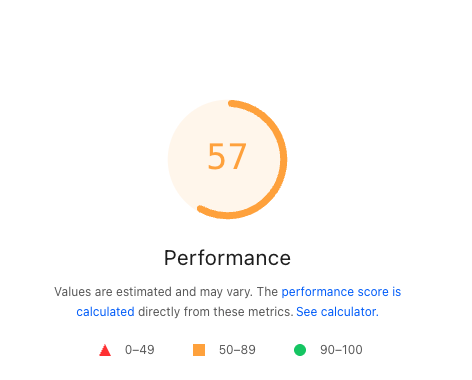
Sites That Can’t Handle Traffic Spikes
Your site works fine normally but crashes or slows to a crawl during marketing campaigns or busy periods. This happens when you don’t have enough server resources, haven’t implemented proper caching, or have inefficient code that only shows problems under load.
The solution: Load tests before major campaigns to understand your capacity. Implement proper caching to reduce server load. Consider a CDN for distributing traffic across multiple locations. Make sure you can quickly scale up server resources if needed. Your marketing dollars are wasted when expensive campaigns drive traffic to a broken website. You look unprofessional exactly when you’re trying to make the best impression.
Missing or Incorrect Security Configuration
Skipping HTTPS setup, not validating user input, hardcoding passwords in your code, or ignoring security updates leaves your application vulnerable. The average data breach costs businesses $4.45 million, and small businesses often can’t recover.
The solution: SSL certificates for HTTPS. Your developers should validate all user input to prevent injection attacks. Use environment variables to store sensitive information like passwords and API keys, never put them directly in code files. Schedule monthly security updates and make this someone’s specific responsibility. Use automated scanning tools to identify vulnerable components before hackers do.

No Backup or Disaster Recovery Plan
One mistake, hack, or hardware failure could destroy everything. Studies show 40% of businesses never reopen after a major data loss.
The solution: Set up automatic daily backups from day one. Test your ability to restore from backup at least once per quarter, many businesses have backups they’ve never actually tried to restore and discover they don’t work when disaster strikes. Treat backups as insurance you hope you’ll never need but can’t operate without.
The Pattern Behind These Issues
Most Node.js problems come down to differences between development and production environments, inadequate planning for scale, or overlooking operational basics like monitoring and backups. The key to avoiding these issues is understanding your hosting environment’s requirements before you build, testing thoroughly in a staging environment that mirrors production, and implementing operational best practices from day one rather than adding them later.
Our support team sees these patterns regularly and has developed documentation, tools, and support processes specifically designed to help businesses avoid these common pitfalls. When you do encounter issues, 24/7 expert support can help you troubleshoot and resolve problems quickly, often fixing in minutes what might take hours to figure out on your own.
Setting Up Node.js on Your Hosting Platform
There are two main ways to get Node.js running, depending on which hosting plan you have.
A. Setting Up on VPS or Dedicated Servers
If you have a VPS or Dedicated server, you have three options for installing Node.js.
EasyApache 4
The first method, EasyApache 4, works through a point-and-click interface. You log into your server’s control panel (WHM), find EasyApache 4, and enable Node.js from a list. The system handles the installation automatically. This works best for people who prefer clicking buttons to typing commands, and it’s good for agencies managing multiple clients or teams that want centralized control.
Node Version Manager
The second method, Node Version Manager (NVM), gives you more flexibility. You can install different versions of Node.js and switch between them easily. This suits agencies working on different projects that need different Node.js versions, or businesses that want to test new features before upgrading their main site.
RPM Repository
The third method, RPM Repository, is the traditional IT department approach. It integrates with your existing security and software management systems. Enterprise IT teams that need to follow specific compliance rules or security policies typically choose this method.
All three methods give your technical team full control, perfect for business-critical applications that need the latest features or custom security settings.
B. Setting Up in cPanel (Shared Hosting)
If you’re on a shared hosting plan with cPanel, the process is simpler.
- Log into cPanel and find Setup Node.js App in the Software section.
- Click Create Application and tell it where your files are located.
- Specify which file starts your app (usually called app.js) and choose the web address where it should appear.
- Click Create, and once it’s running, you can start, stop, or restart your app by going back to the same section in cPanel.
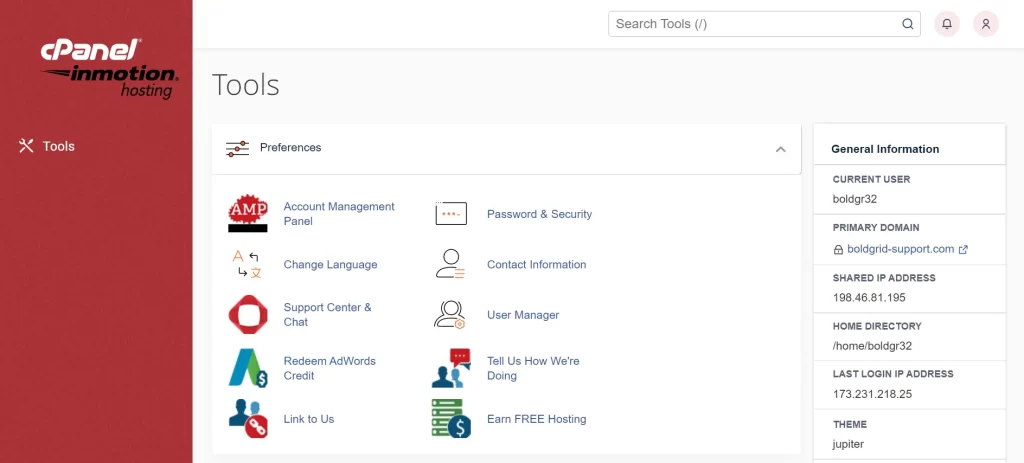
This simple approach works great for marketing teams launching campaign sites, product teams testing new ideas, agencies managing client projects on a budget, and small businesses getting started online. The key benefit is that non-technical team members can help manage your web applications without needing specialized staff just to deploy a website.
Performance Optimizations That Actually Impact Your Bottom Line
Speed isn’t just about better computers. Smart setup choices matter more.
Storage Speed: The Foundation of Fast Sites
We recommend a hosting platform that uses NVMe storage, think of it as the difference between a sports car and a regular car. It’s dramatically faster at reading and writing information. Faster page loads mean happier customers, and studies show that decreasing homepage load time by 100 milliseconds results in a 1.1% increase in conversions.
Asynchronous Architecture: Doing More with Less
Node.js works best when your code doesn’t make visitors wait for things to finish one at a time. Good developers write code that does multiple things at once. This approach means your site can handle more visitors without needing bigger servers. You might serve 10,000 customers with the same equipment that only handled 500 before, keeping costs down as you grow.
Caching: Serving Content Instantly
Caching means storing answers to common requests so your server doesn’t have to figure them out every time. Think of it like a restaurant keeping popular dishes ready to go instead of cooking from scratch for every order. Caching can reduce server load significantly, which means your site stays fast during traffic spikes from marketing campaigns or viral content. It also reduces the chance of crashing during your busiest, most profitable times.
Reverse Proxy: Separating Simple from Complex
A reverse proxy is like having a receptionist who handles simple questions (like showing product photos) so your main team can focus on complex tasks (like processing orders). Your site responds faster and handles more visitors, which is essential for sites with thousands of simultaneous users. NGINX is a great reverse proxy choice.
Compression and Content Delivery
Compression squeezes your web pages so they download faster, like zipping files before emailing them. Faster downloads mean better Google rankings (Google rewards fast sites) and happier mobile users who often have slower connections. Better rankings mean more visitors finding your site organically.
A CDN (Content Delivery Network) stores copies of your site in different locations around the world. Visitors get content from whichever location is closest to them. International customers get the same fast experience as local ones, which can cut load times in half for people far from your main server. This makes global expansion much more feasible.
The bottom line: these optimizations can cut your hosting costs compared to poorly configured setups, while also making your site faster. It’s one of the rare situations where you save money AND improve customer experience at the same time.
How Businesses Actually Use Node.js
Real examples help you understand what’s possible.
E-commerce sites use Node.js to update shopping carts instantly, keep inventory accurate across the site, and process payments quickly and securely. Studies show every second of delay costs 7% of conversions. A faster checkout experience directly increases sales.
Marketing dashboards display real-time data so teams see how campaigns are performing as it happens, not hours later. This enables faster decisions. Instead of waiting for overnight reports, managers can shift budget from underperforming ads to successful ones immediately.
Agency client websites benefit because Node.js works for many different project types with one technology. Developers don’t need to learn multiple programming languages, which means lower costs, faster delivery (projects complete weeks sooner), and higher quality (team can specialize in Node.js instead of being spread across multiple technologies).
SaaS applications (Software as a Service, applications customers access through a web browser, usually by subscription) handle thousands of simultaneous users efficiently and serve more customers with less hardware. Better unit economics result: if you can serve 10,000 customers on infrastructure that used to handle only 1,000, your profit per customer increases dramatically. For subscription businesses, this compounds over time as you grow.
Content websites like news sites, blogs, and publishers deliver articles and media quickly and handle traffic spikes when content goes viral. Better user experience leads to more page views, longer visits, and more ad revenue. Google also ranks faster sites higher, bringing more organic traffic.
Real-time collaboration tools like project management platforms, shared documents, and team communication apps update instantly for all users with no refreshing needed. Teams can work together smoothly, seeing each other’s changes immediately. This is difficult or impossible with older technologies, making Node.js the clear choice for these applications.
Keeping Your Application Secure
Security protects your business, your customers, and your reputation. Here are the essential practices every Node.js application needs.
Protect Data in Transit and at Rest
HTTPS encryption protects data traveling between your site and visitors. Without it, browsers show warning messages that drive customers away, and Google ranks your site lower in search results.
Secure credential storage means keeping passwords and API keys in environment variables, not in your code files. Many major breaches happen when developers accidentally publish code containing passwords. If your code is ever exposed publicly, your credentials stay protected.
Validate Everything and Keep Systems Current
Input validation checks that information submitted to your site is legitimate before processing it. This prevents hackers from inserting malicious code. The average data breach costs $4.45 million, prevention is far cheaper than recovery. Your developers should validate all user input without exception.
Regular updates fix security holes in Node.js and your app’s components. Hackers actively search for sites running outdated software with known vulnerabilities. Schedule monthly security updates and make this someone’s specific responsibility. Use automated scanning tools to identify vulnerable components before attackers do.
Plan for Disaster Recovery
Automated backups regularly save copies of your site and data to a separate location. Hardware fails, mistakes happen, and hackers sometimes destroy data. Without backups, one bad day can end your business.
Access control means giving team members only the permissions they need for their role. If someone’s account is hacked, the attacker only gets limited access. Remove access immediately when people leave your company. This reduces the impact of security incidents and helps meet compliance requirements.
Security is ongoing, not one-time. Schedule regular reviews of your security practices. The cost of prevention is always lower than the cost of responding to a breach.
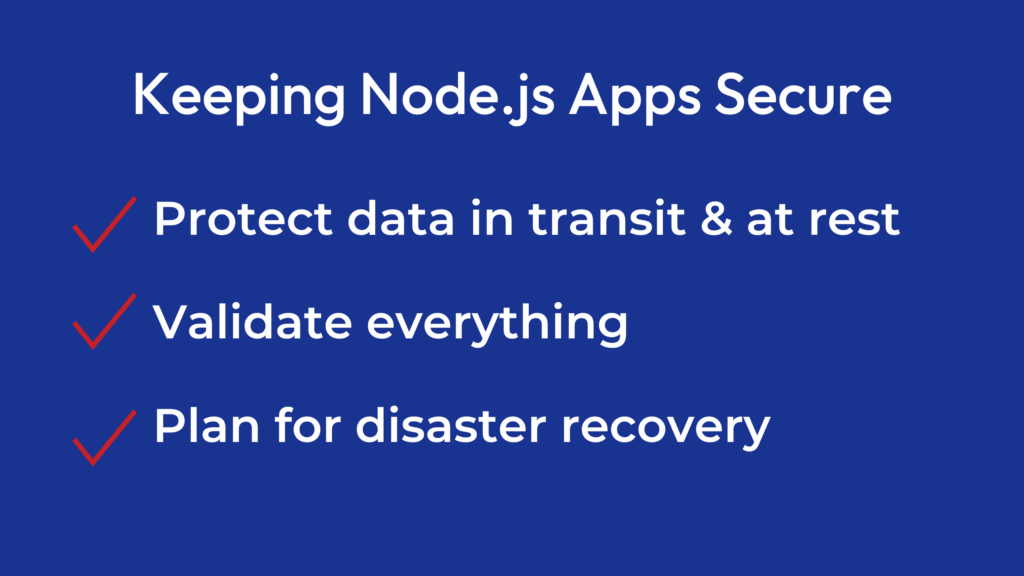
The Future of Node.js: What’s Coming Next
Node.js continues to improve and evolve. Here’s what’s on the horizon and why it matters for your business:
Upcoming Technical Improvements
- Better built-in testing: Makes it easier to test applications before launching, meaning fewer bugs reach customers and lower maintenance costs
- Improved performance monitoring: Better tools for understanding how your app performs, so you can spot problems earlier and fix issues before they impact customers
- Enhanced diagnostics: Easier troubleshooting when things go wrong, reducing downtime and support costs
Emerging Deployment Patterns
Edge computing means running parts of your application closer to your users around the world, creating even faster experiences for global customers. This makes international expansion more feasible and cost-effective.
Serverless options let you pay only for the computing time you actually use, rather than renting servers all the time. This lowers costs for applications with variable traffic and works well for side projects or seasonal businesses.
Integration and Frameworks
Better AI integration makes it easier to add features like personalization, chatbots, and smart recommendations. AI features are becoming standard customer expectations, not optional extras. Companies that adopt AI thoughtfully will differentiate themselves from competitors.
Modern frameworks like Next.js and Nuxt are making it easier to build fast, modern websites with Node.js. This means faster development, better user experience, and easier hiring since these frameworks are becoming standard skills.
Why This Matters for Your Business
Organizations that build on solid hosting foundations today can adopt innovations as they mature, staying competitive as the market changes. The decisions you make today about hosting architecture will either enable or limit your ability to adopt these advances over the next 3-5 years.
Ready to Get Started?
Node.js hosting gives you the power to build fast, efficient applications that can grow with your business. With InMotion Hosting, you can start small with cPanel if you’re testing an idea, scale up to VPS when you have customers, grow further to dedicated servers as your business expands, and rely on expert support when you need help.
The right hosting isn’t just about technology, it’s about choosing a partner who understands that your website affects your revenue, customer experience, and competitive position.
If you’re ready to deploy, explore InMotion’s VPS and Cloud solutions to find the right fit for your needs. If you want to learn more, visit the InMotion Community Node.js category for discussions, tutorials, and advice from other professionals building similar applications. If you have questions, InMotion’s support team is available 24/7 to help you understand your options and make the right choice.
Your website is too important to compromise on hosting. Choose a partner that’s engineered for speed and built for business, choose InMotion Hosting.







